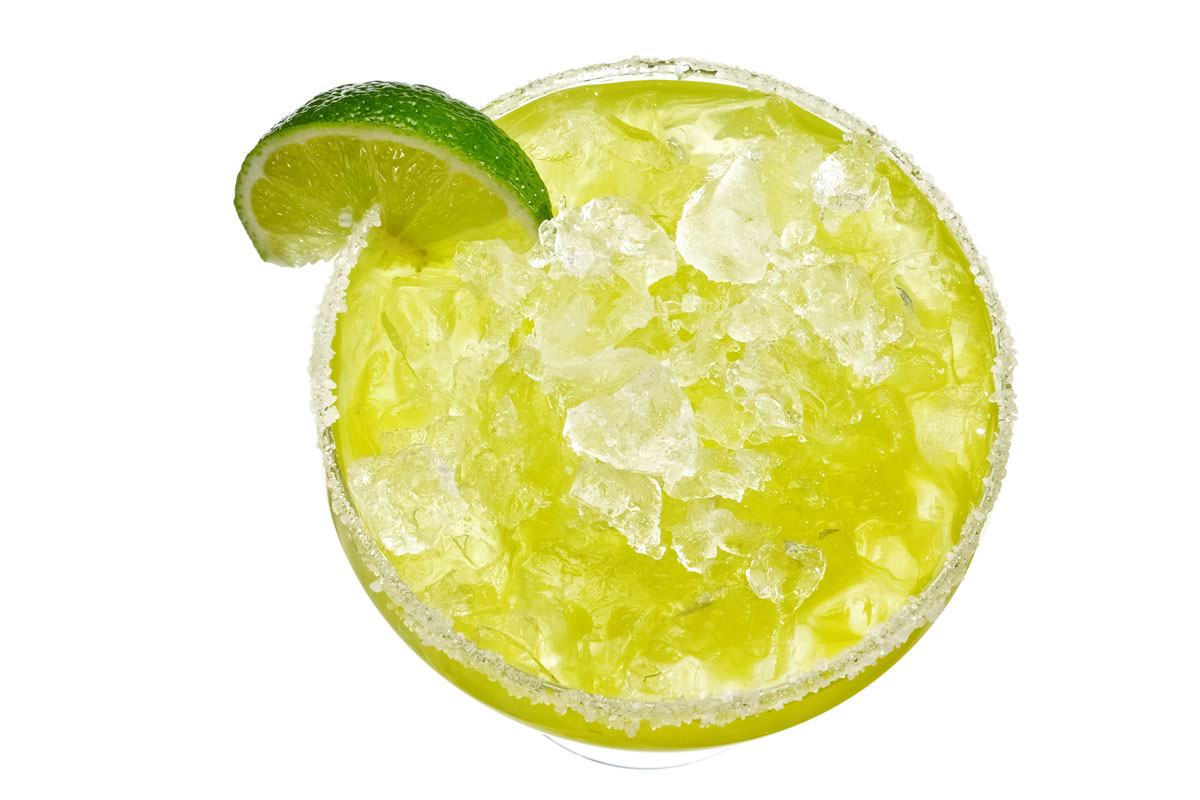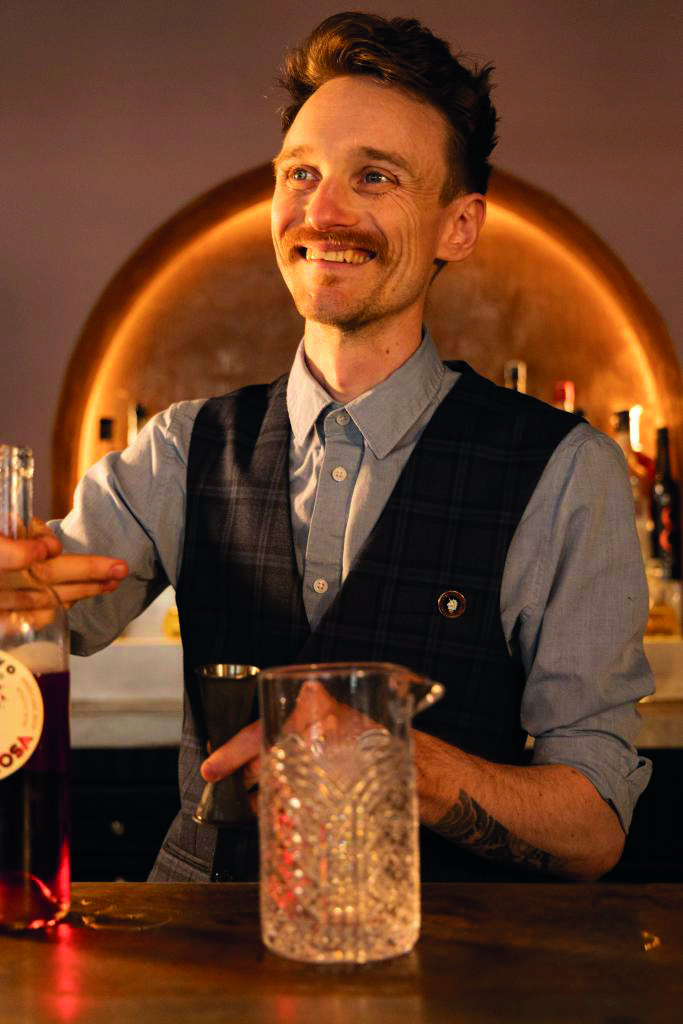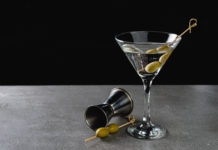
‘Chuckachunk’ goes the check machine beside the till. “Check on!” they shout, you the phenomenal bartender, it’s busy, there’s lots going on, glasses are being polished, more need washed, you’re low on fruit, he grabs the check and dies inside.
The check reads:
‘Mojito.
Margarita – frozen
Bramble.’
You rip off your apron and throw it to the floor, you walk out, you go sit in an area with grass and greenery, you get close to nature and wonder what the hell is wrong with humanity, you wonder why they hate value for money, why they even bother drinking, you shiver as it’s Scotland and the weather from the last two weeks is an unheard of rarity.
Every restaurant, every job, every single workplace on earth has that one thing that, when you have to do it, kills you. Frozen drinks are my kryptonite, they’re anathema to me.
The history of the drink is scarce. There is no art to the sped up death of a drink, a suicide of ice. Difford’s guide states crushed ice is ‘available commercially’ and that’s it.
The frozen margarita is the ghost of the original margarita, the echo of something that was once great, a neon footprint long removed from the shoe. From the jagged violence of the cactus, the inhospitable desert, to the tart sour thirst quenching brilliance of the margarita, to this soft, weak, diluted disneyfied drivel, sapped of dignity. Gone is the prickly resistance of the cactus, the fresh impetus replaced with limp insipience.
Do not get me wrong, there is a time and a place for the frozen beverage, but that place is a not a dreich Scotland. Taps aff may be 12 degrees but a frozen margarita is a solid 30 degrees.
Hiroshima in summer, the red-light district of Nagarekawa, a two-mile square area of bars upon bars, ranging from the size of a size 13 shoe box to clubs beneath the ground that seem to be bigger than is possible. On a night where the sun goes down at 7pm but the heat doesn’t abate.
In amongst the debauchery, sits an out of place and gaudy Mexican restaurant, where I’d run to on a Saturday evening. The spicy food, the giant screen showing Bad Boys 2 on repeat, and the frozen margarita in those churning machines. Strawberry, lime, classic and banana (stay well away!), served in giant glasses with green cactus stems.

Their specs for the drink: pour an entire bottle of tequila into the machine and add a little bit of everything else. Brutal and boozy, cool and collected, exactly what you need when outside is a soup of humidity.
I’d go here often, to recover from a week of harrowing hard work. It was a springboard into the spiral of degeneracy that was a Saturday night in Nagarekawa. One such night, sipping on the margarita, I stood outside the restaurant wondering where I would go next.
Down the mist shrouded, stinking hot, neon-bordered alley walked Ronald McDonald. Knee deep in margs, I wondered if he was a heat induced illusionary jester. He bid me follow. I had seen enough now to know better. I followed without question.
He led me through the tight graph paper streets, up a spiral staircase and into a club filled with blow up beach toys and everyone wearing a strange hat. It was a seaside inspired yakuza authorised rave, in a tiny club, four floors up, stinking hot and weird. I ordered a margarita without crushed ice and got involved.
All signs and symbols reach immortality through leaving behind their origin. The McDonalds M is no longer an M, the crushed ice drink is no longer about the hot country. Now, it is about drinking in an adult setting, with the sentiment and nostalgia of being a teen, when you didn’t want to taste the booze, and didn’t deal with the hangover, a desperate throwback to that hallowed realm where your liver worked wonders.
And then on that rare shift, where the bartender works the floor and they take that same order, they pause, ask “are you sure?” and the guest insists. Soz; writes the bartender on the check as an empathetic footnote, a humble epitaph.




















